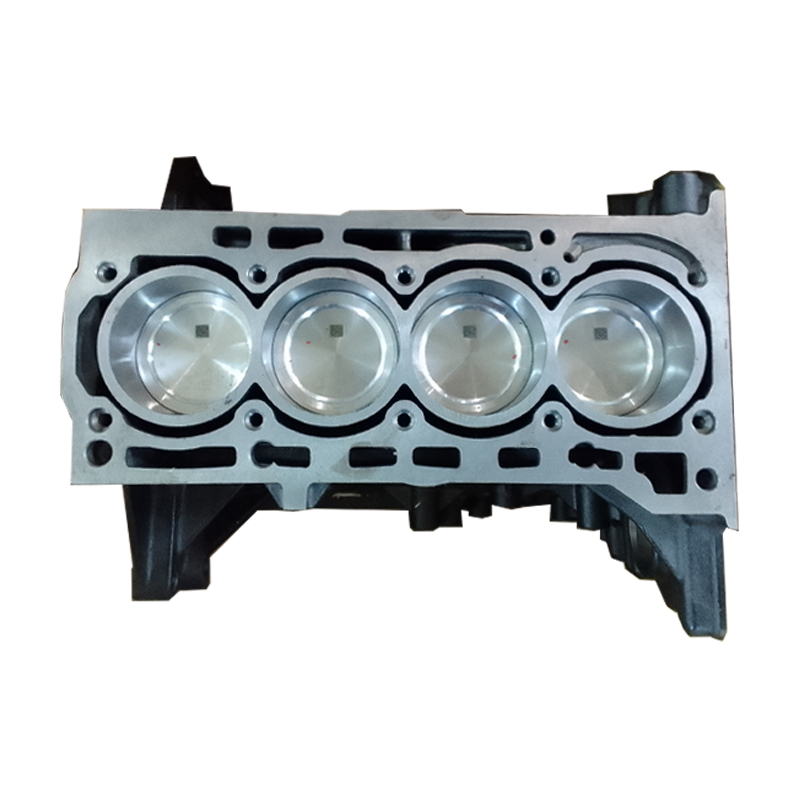Improve productivity with a powerful clp engine.
Improve productivity with a powerful clp engine.
Blog Article
Exactly How a Clp Engine Can Enhance Effectiveness in Numerous Industries
The arrival of CLP engines marks a substantial shift in functional effectiveness across numerous markets, driven by their capacity to optimize fuel usage and decrease downtime. Industries such as production and logistics stand to acquire substantially from their durable layout and constant power result, which guarantee to streamline operations and boost efficiency. As organizations increasingly prioritize sustainability together with performance, the role of CLP engines comes to be much more critical. What remains to be seen is how these advancements will certainly shape the future landscape of commercial procedures and their influence on more comprehensive financial trends (clp engine).
Introduction of CLP Engines
CLP engines, or Constant Fluid Propellant engines, represent a significant development in propulsion modern technology, especially for room applications. These engines utilize a continuous feed system that enables the continual expulsion of propellant, bring about improved performance and efficiency compared to conventional solid or hybrid propulsion systems. By maintaining a consistent circulation of liquid propellant, CLP engines can attain extra accurate thrust control, which is critical for steering spacecraft in numerous mission scenarios.
The style of CLP engines incorporates sophisticated materials and ingenious fuel monitoring systems. clp engine. This leads to decreased weight and increased dependability, important aspects for long-duration area goals. The continuous procedure reduces the danger of combustion instability, a common difficulty in traditional rocket engines.

Benefits in Production
The production of Continual Liquid Propellant (CLP) engines provides a number of significant advantages that enhance both efficiency and cost-effectiveness. One of the key advantages is the streamlined production procedure, which minimizes the complexity linked with standard propulsion systems. By using liquid propellant, manufacturers can achieve better precision in engine performance, causing enhanced energy outcome and decreased waste.
Additionally, CLP engines facilitate a greater degree of modularity, permitting much easier combination right into different manufacturing lines. This flexibility can dramatically reduce lead times and boost general functional versatility. Using CLP modern technology likewise tends to reduce the need for extensive upkeep due to less moving components, which translates right into reduced downtime and functional costs.

Applications in Logistics
Leveraging Constant Fluid Propellant (CLP) engines in logistics uses significant benefits in functional effectiveness and dependability. These engines supply a durable option for different transport requirements, allowing the seamless movement of goods throughout substantial ranges. The intrinsic design of CLP engines enables consistent power output, which converts right into smoother and a lot more predictable transportation schedules.
Among the crucial applications of CLP engines in logistics is in heavy-duty products transport, where they can drive both ground and aerial automobiles. Their capability to maintain high performance under differing load conditions makes certain that distribution timelines are additional hints satisfied, consequently enhancing client fulfillment. Furthermore, CLP engines can be integrated right into automated logistics systems, promoting real-time tracking and optimizing course planning.
Moreover, the resilience of CLP engines decreases maintenance downtime, allowing logistics firms to maximize their functional abilities. This is specifically helpful in warehousing operations, where performance in taking care of and transporting products is crucial. As logistics remains to right here progress, the integration of CLP engines stands for a forward-thinking approach that not only boosts performance yet also supports the market's expanding demands for integrity and speed.
Influence On Energy Efficiency
How do Continual Liquid Propellant (CLP) engines improve power performance in transportation? CLP engines use a consistent circulation of fluid fuel, enhancing burning procedures and maintaining a steady drive output. This style reduces power losses linked with conventional burning engines, where gas delivery can vary and lead to ineffectiveness.
The continual operation of CLP engines enables for a much more reliable thermal cycle, causing higher details impulse compared to conventional engines. clp engine. This equates to minimized gas intake for the same amount of work done, substantially reducing functional prices throughout numerous transport sectors, including air travel and maritime markets
In addition, the capacity of CLP engines to keep ideal efficiency under differing tons conditions minimizes the requirement for regular acceleration and slowdown, additionally enhancing fuel efficiency. Improved power performance not just adds to set you back financial savings however also leads to lower greenhouse gas exhausts, straightening with international sustainability objectives.
Future Trends and Innovations
Arising developments in Continuous Liquid Propellant (CLP) engine modern technology assurance to change the landscape of transport effectiveness and sustainability. As markets pivot towards greener options, CLP engines stand at the forefront, integrating cutting-edge products and style methods that improve efficiency while minimizing ecological effect.
One of one of the most appealing trends is the fostering of crossbreed systems that incorporate CLP engines with eco-friendly power sources. This harmony can enhance fuel intake and minimize discharges, straightening with worldwide sustainability objectives. Advancements in computational fluid characteristics (CFD) are helping with the design of more aerodynamically efficient engines, leading to minimized drag and improved fuel performance.
Furthermore, the advancement of clever tracking systems is readied to improve functional efficiencies. These systems utilize data analytics and IoT modern technology to enhance engine efficiency in real-time, guaranteeing that the engines run within their most efficient specifications.
As research remains to discover alternative propellant formulations-- such as biofuels and synthetic gas-- the future of CLP engines looks promising. By using these advancements, sectors can not just improve their effectiveness yet also add dramatically to a cleaner, more lasting future in transport.
Conclusion
Finally, CLP engines represent a substantial advancement in efficiency across several sectors. Their capacity to Go Here maximize gas usage and lower functional costs, combined with a continuous feed system, improves power outcome and operational integrity. The assimilation of sophisticated products and less relocating components lessens upkeep needs, while positioning with sustainability objectives settings CLP engines as an essential modern technology for the future. Proceeded innovation in this field promises more improvements in efficiency and environmental performance.
Report this page